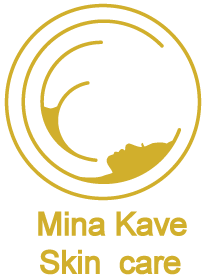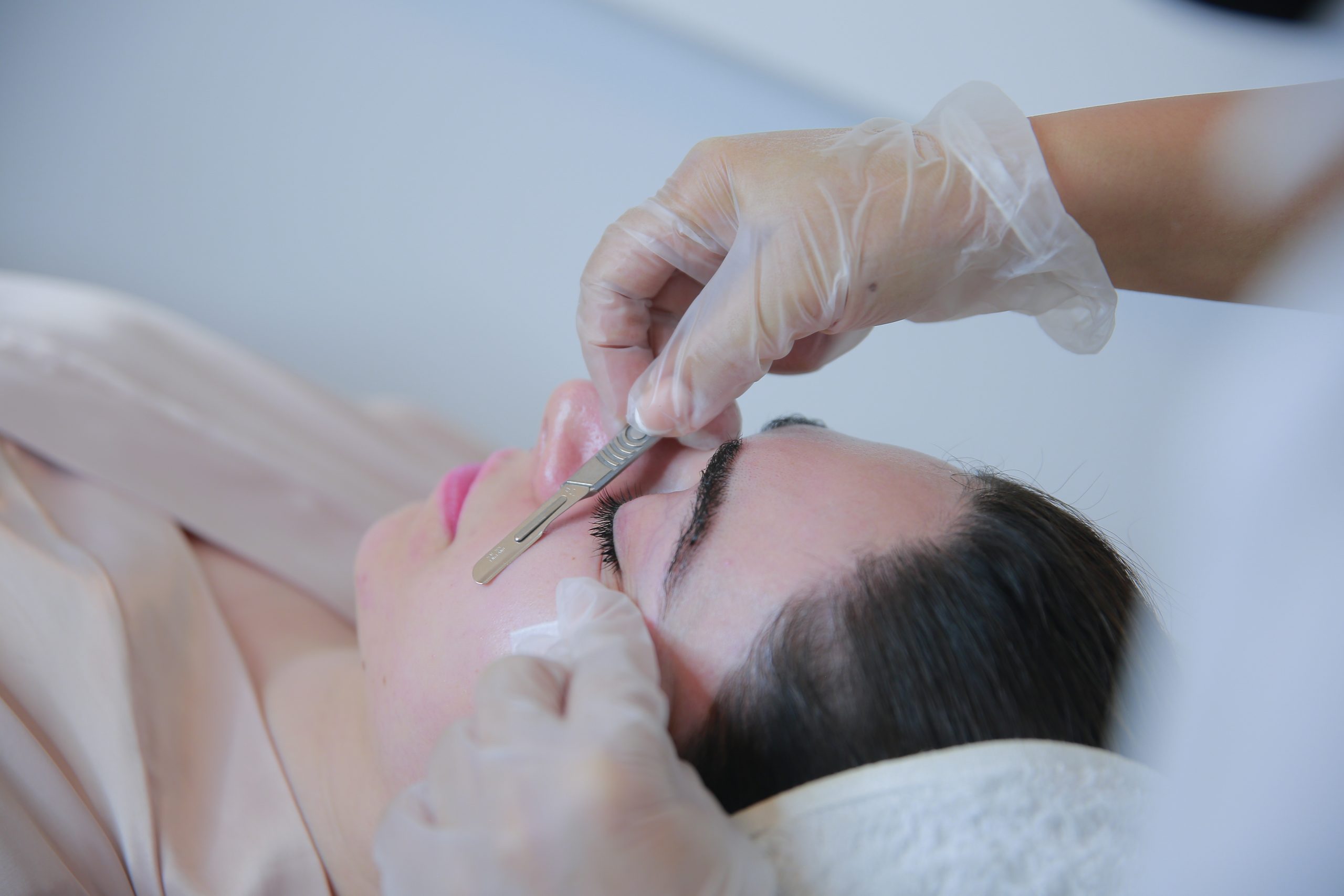[vc_row][vc_column][vc_column_text]
Removing hair from the face has become a growing trend for women and there are multiple ways it can be done. Here’s a look into the differences between professional dermaplaning and shaving at home, as well as debunking a common myth regarding hair removal. Waxing, tweezing, shaving and dermaplaning are all popular ways to remove hair from the face. Waxing and tweezing are typically used for small areas, such as eyebrows. Shaving is becoming more versatile, going beyond just the legs. Many razors are advertised specifically for other body parts, including a woman’s face. Shaving the face removes the vellus hair, commonly referred to as “peach fuzz”. Professional dermaplaning also removes vellus hair but has additional benefits that cannot be achieved by any other single service.
Dermaplaning is an exfoliation treatment, with the added benefit of removing vellus hairs. With dermaplaning, a trained esthetician uses a sterile surgical blade to remove vellus hairs and dead skin cells. Vellus hairs trap oil and dirt on the skin surface, especially for individuals with oily skin. The build up of dead skin cells dulls the skin and can clog pores.
At home facial razors are not able to achieve the same level of depth to remove the dead skin cells. They can be used to maintain the vellus hair growth, if that is the individual’s primary concern. Regardless of the experience one has, the effects of shaving at home will not compare to those of professional dermaplaning. Dermaplaning is more precise, as the service provider is able to get better angles than if you were shaving your own face.
When vellus hairs and dead skin cells are removed, skincare products penetrate deeper into the skin, allowing the ingredients to work better and makeup goes on smoother. Immediately after dermaplaning your skin will feel softer and look brighter. There is no downtime associated with dermaplaning. It is recommended to get treatment every 4-6 weeks, based on the rate of cell turnover. Every 26-28 days, new cells push dead skin cells to the surface, blocking the pores. Dermaplaning is an alternative to microdermabrasion, as it is much gentler for those with sensitive skin or broken capillaries.
A common myth surrounding hair removal is that hairs will grow back darker. Vellus hairs are light in color and thin from base to tip. Terminal hairs are coarse, thicker at the base and can be dark in color. Terminal hair can appear darker after shaving since they are cut off at the thickest part of the hair. Shaving does not make vellus hairs darker or turn them into terminal hairs. In rare cases removing hair from the follicle (by waxing or tweezing) can change the integrity of the hair, resulting in terminal hairs appearing where vellus hairs once were. Hormones, certain medications and menopause can also cause terminal hair growth in new areas.
[/vc_column_text][/vc_column][/vc_row]

